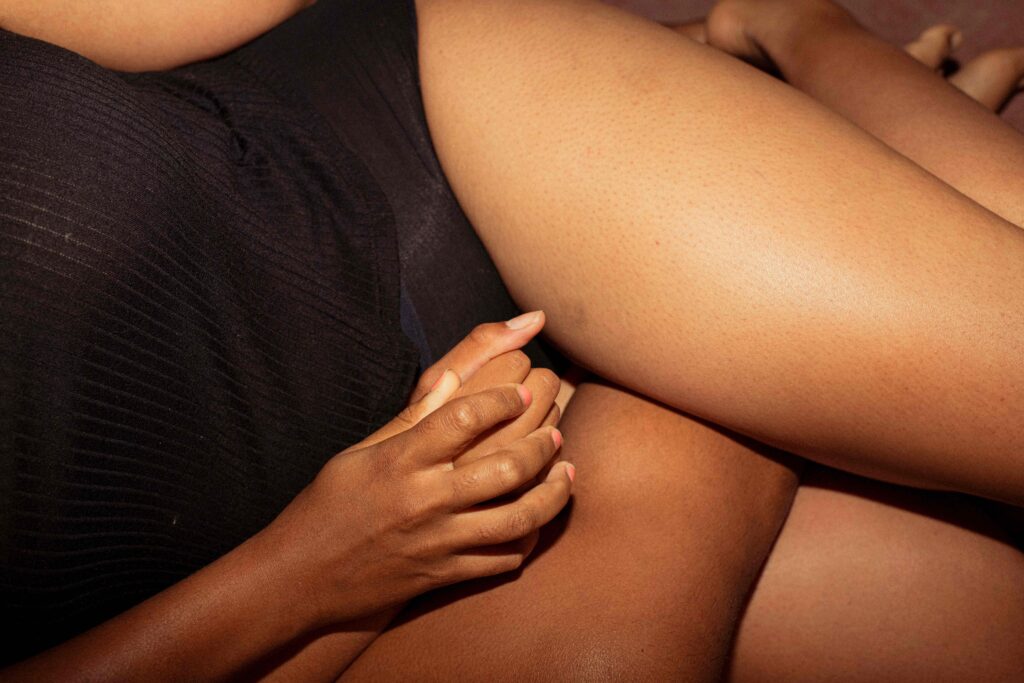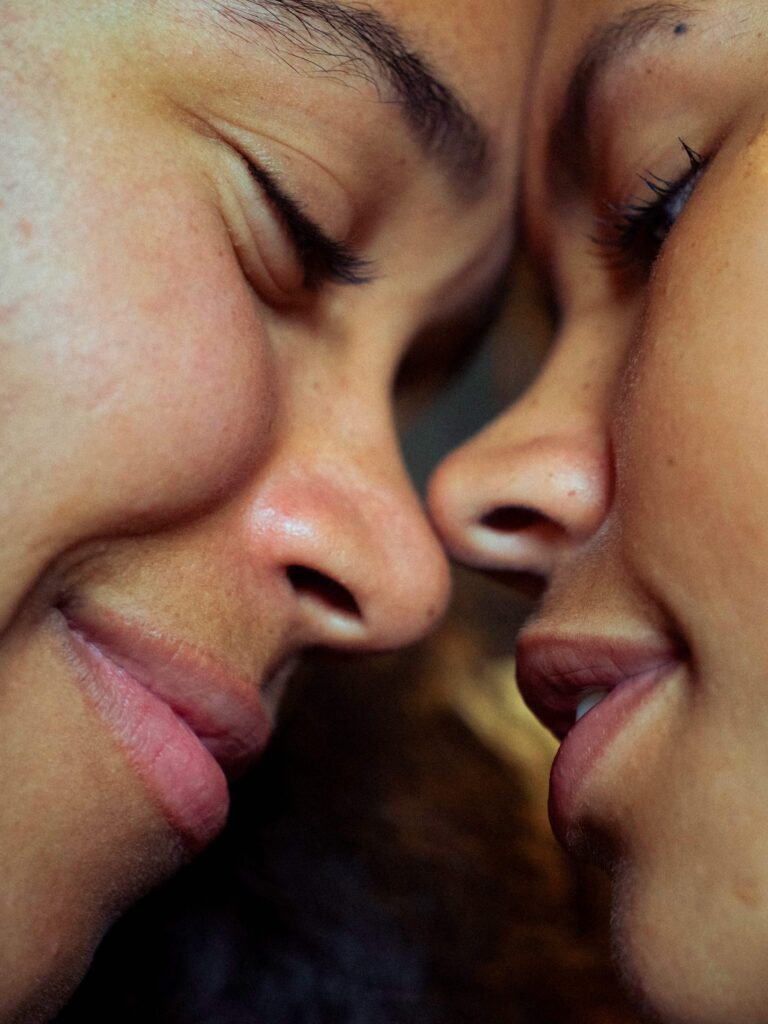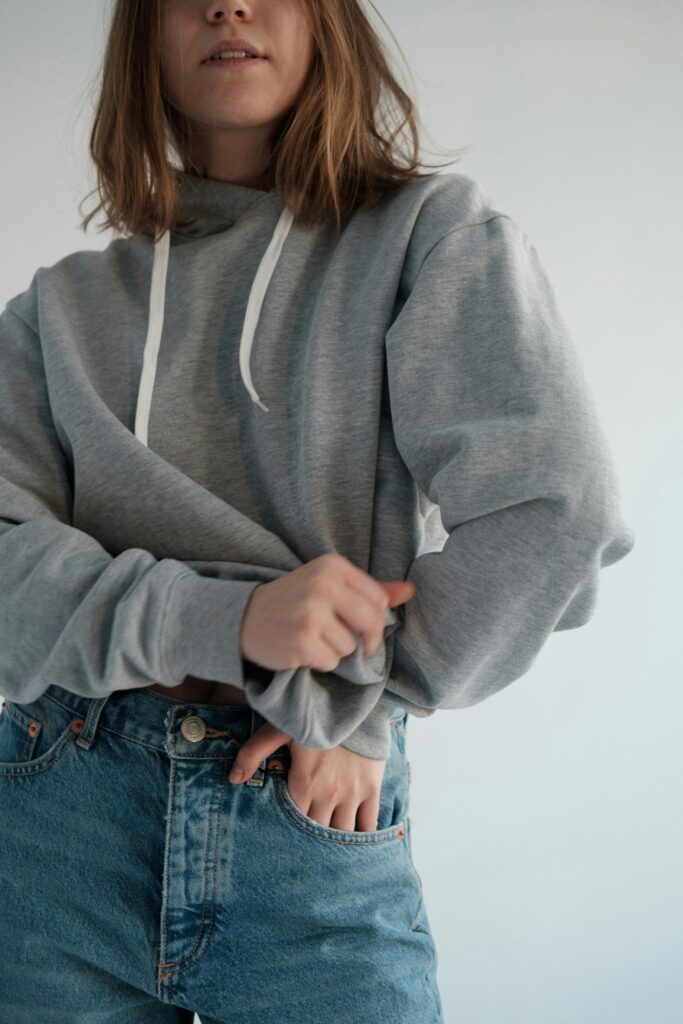IT’S POSSIBLE YOU’RE having more sex than you thought. Huh? Surely you know how much sex you’re having, right?! The reason for the uptick is because the definition of what constitutes sexual intercourse is er, rubbery. And as a society, it appears the meaning of sex is evolving, if the findings of the Durex 2025 Australian Sex Survey, are anything to go by.
According to the survey, the meaning of sex is evolving for Australians with more people now considering acts such as intimate touching (61%, up from 31% in 2017), mutual masturbation (57%, up from 30% in 2017), and using a sex toy with a partner (58%, up from 18% in 2017) as part of the experience. People also include solo activities like masturbation (35%) and using a sex toy alone (30%) in their definition of sex – we know what you’re thinking: if you include masturbation and solo sex toy use as ‘sex’, you would expect the nation’s fornication figures to skyrocket, right?

Well, perhaps they have, at least in Tasmania, for according to the survey, it’s the Tasmanian Devils who are living up to their name – reporting the highest frequency of sex at an average of 1.9 times per week, compared to the national average of 1.4. Territorians in contrast are having sex just 0.7 times per week on average.
Maybe it’s all the fresh air as Tasmanians are also most likely to report experiencing more pleasure in the bedroom over the past five years (58% vs 49% national average) as well as the greatest rise in feeling confident and comfortable during sex (71% vs 55% national average).
But while the concept of sex is changing, the nation’s sexual health and safety continue to fall behind. Despite the majority (89%) feeling confident they know how to avoid pregnancy and STIs, a third of singletons (32%) did not use any form of protection in the last year, and one in 10 (11%) continued to rely on the withdrawal (“pull-out”) method. Only 31% of people used male condoms.

What’s driving changing attitudes to sex among Aussies?
When asked about the factors driving their more open-minded attitudes towards sex, a third (32%) of the nation cited the increased visibility of the LGBTQIA+ community as a key influence.
This positive influence is hardly surprising, as queer individuals are leading by example – being far more willing to explore new sex acts and positions than their straight peers (81% of gay or lesbian individuals and 80% of bisexuals, vs 55% of straight people). They’re also more vocal about their desires, with 71% of gay or lesbian individuals discussing their sex lives openly, compared to 54% of straight people. Being loud and proud is paying off, with 58% of gay and lesbian respondents reporting greater sexual satisfaction over the past five years, compared to 49% of their straight counterparts.
Selina Nguyen, a sex and relationship therapist says: “What many folks are recognising now is that the beauty and the pleasure is in the sexual diversity. As we get more exposed to different conversations about sex, we get to see what’s possible, to truly ask ourselves if that’s something we might want, and then to potentially take action towards it.
“There’s a saying that ‘you can’t be what you can’t see’, which sums up how important some level of role modelling is for us when it comes to behaviour, including sexual behaviour. Queer communities have long since been paving the way because we’ve had to re-imagine what sex means and looks like for ourselves beyond the traditional scripts that we’ve been taught. This increased visibility of the community invites everyone else to do the same.”
















